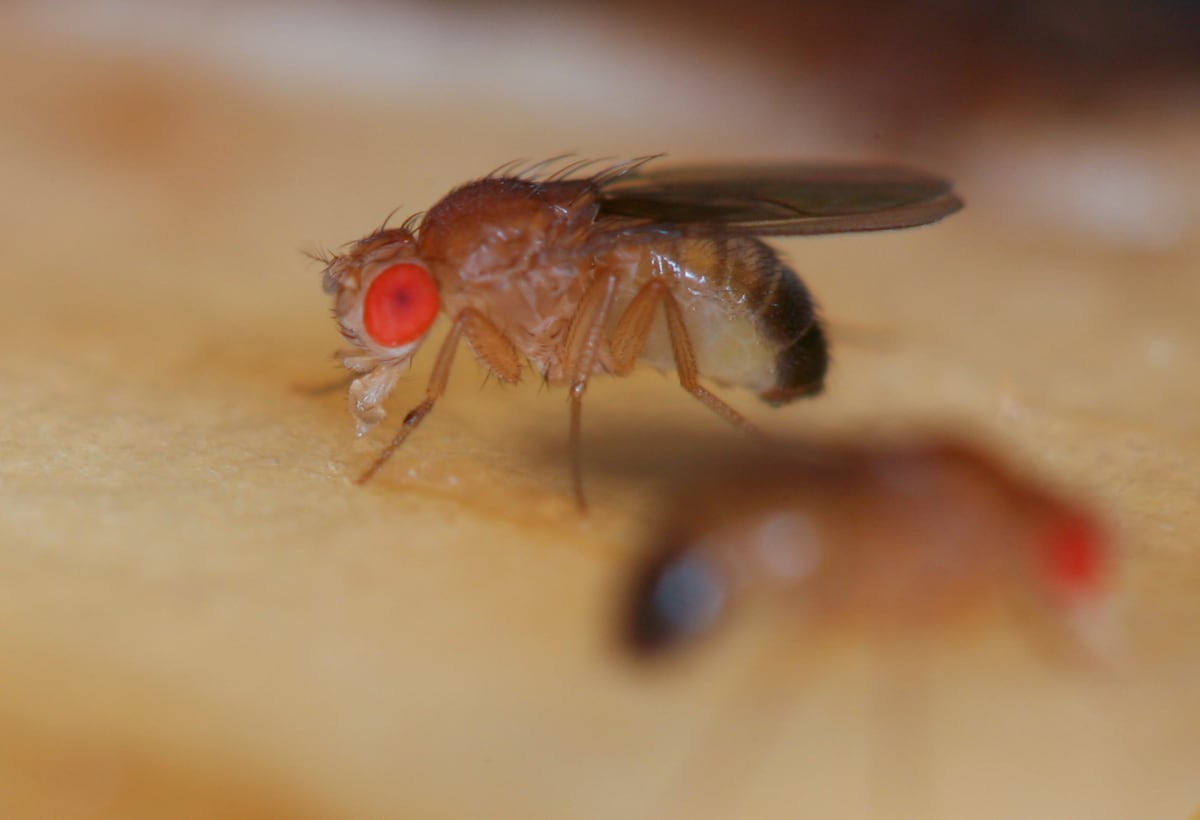Symptoms were mapped in a survey of more than 200 teachers from fifteen Finnish schools. The indoor air toxicity of the class primarily used by the teacher was measured and compared to the teacher’s symptom.
School indoor toxicity is associated with teacher symptoms. The case was confirmed in a dissertation study investigating the link between toxic indoor air and dust measured in a classroom and symptoms related to teachers ’building.
Dissertated at the University of Oulu Janne Salin describes the difference between the different class modes as significant.
“Where there were toxic microbes in the air, there were twice as many symptoms as there were none. If the dust was toxic, the symptom was three times that of the non-toxic dust categories, ”says Salin.
Symptoms respiratory and ocular symptoms such as congestion, hoarseness, and watery eyes were emphasized. In addition, there were general symptoms such as headaches.
The symptoms were mapped in an electronic survey, which was answered by 231 teachers from fifteen Finnish schools. In the study, 82% were women and the mean age was 43 years.
Indoor air toxicity in the class primarily used by the teacher was measured and compared to the teacher’s symptom
Some of the schools from different decades had undergone several humidity and indoor air surveys, while some of the schools had no indoor air problems.
About classrooms two types of samples were collected in the study, indoor microbes and dust deposited on the surfaces. The toxicity of the samples was determined by cell experiments.
“In cell experiments, samples were serially diluted and considered to have the lowest cell-damaging concentration,” describes Salin.
According to him, harmful exposure through indoor air would appear to be a wider phenomenon than known based on the results.
Another challenge is that the methods currently in use do not identify all the health risks associated with indoor air.
“The method used in this study seems to work at least in the Finnish school environment. The results provide a basis for the authorities to set health-based limit values, ”says Salin.
He recalls that there are many symptoms associated with indoor air and the cause is often unknown.
“Asthma is sometimes diagnosed, but often there is no known disease that would explain the symptoms. The spectrum and mechanisms of the symptom are not yet very well known, ”Salin describes.
According to Salin, exposures have generally been measured in studies, but no health-based limit values have been set for any of the compounds.
“There are a huge number of different exposures. In addition to many microbes, they come from building materials and cleaning agents. Wool fibers and dry air can also cause symptoms, ”says Salin.
In Finnish schools the study suggests that the symptom may be due in part to sensitization of chemical-sensitive nerves, in which case even small amounts of exposure may cause symptoms.
“It has long been known that some of those exposed to indoor air problems become more sensitive. Usually they don’t have an allergy, but it’s some other sensitization, ”Salin says.
In the airways in particular, there are nerve endings that recognize irritating and toxic chemicals.
“If these nerve fibers become disturbed or inflamed, they become more sensitive. Among other things, it aggravates the respiratory symptoms of asthmatics, ”says Salin.
Chemical sensation or the chemosensory system is still a fairly unknown term, according to Salin. In the future, it should be investigated whether toxic exposure to this mechanism causes environmental sensitivity.
“In the future, we will have more understanding of what’s going on in our bodies. It is hoped that those exposed can be identified in the future by a blood test and other measurements. There is currently no method, ”says Salin.
Doctoral research the material was collected in 2011. The study will be reviewed at the University of Oulu on Friday.
.
#Training #Congestion #hoarseness #watery #eyes #toxic #microbes #dust #indoor #air #schools #linked #symptom #dissertation







